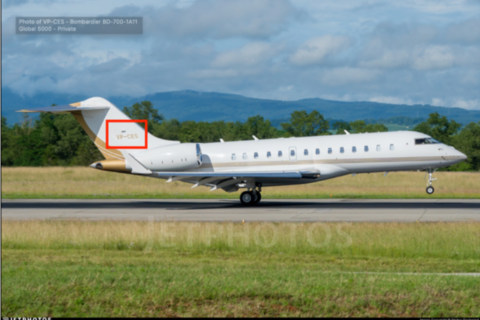The Pirates of Somalia

C4ADS contributes to World Bank study to inform policy on prospects for long-term eradication of piracy off the Horn of Africa.
Key Takeaways:
- Piracy is a symptom of the breakdown of Somalia’s political system
- Political capital, manpower and financial resources form the foundation of the piracy business
- Ending piracy requires focus to shift away from perpetrators and toward the enablers
Executive Summary #
Somali piracy attacks surged between 2005 and 2011. Although maritime piracy is as old as seaborne trade, and currently pirates also prey on ships in the Straits of Malacca and the waters of Southeast Asia, the Caribbean seas, and the Gulf of Guinea, what is unique about Somali pirates is the high frequency of attacks. Figure 1.a plots the number of reported incidents since 2000 in various regions. Piracy incidents off the coast of Somalia rose dramatically after 2005 and reached a high of 243 in 2011 but then plunged in 2012 to 63 reported attacks and 15 hijackings as of September.
Somali pirates almost exclusively attack vessels to hold cargos and crews hostage and negotiate their release in exchange for ransom. Since the first known Somali hijacking in April 2005, 149 ships have reportedly been ransomed for an estimated total of US$315–US$385 million. Finally, the large number of Somali incidents is matched by the remarkably wide catchment area, deep into the high seas well beyond Somalia’s territorial waters.
The international community has mobilized to combat the surge of piracy off the Horn of Africa. Over 40 countries are involved in military counter-piracy operations, in a national capacity or through three coalitions: the European Union Naval Force Somalia through Operation Atalanta, the Standing Naval Group of the North Atlantic Treaty Organization (NATO) through Operation Ocean Shield, and Combined Task Force 151. Since 2008, the United Nations (UN) Security Council has adopted 13 resolutions to support counter-piracy action off the Horn of Africa. Beyond the UN, the European Union (EU), the African Union (AU), the League of Arab States, and NATO have all moved to fight piracy off the Horn. The UN Monitoring Group on Somalia was established by a UN Security Council resolution in 2003 to document violations of the arms embargo; its mandate has since expanded to monitoring piracy. The Contact Group on Piracy off the Coast of Somalia was established in 2009, pursuant to UN resolution 1851, to facilitate coordination of the 60 countries and 20 international organizations working to prevent piracy. Several other institutional, national, and regional initiatives, such as the Djibouti Code of Conduct, the Regional Anti-Piracy Prosecutions Intelligence Co-ordination Centre, and the Indian Ocean Commission Anti-Piracy partnership program, complement the international mobilization.
Why another report on Somali piracy, and how can it inform the debate? While the recent drop in pirate attacks has been attributed to counter-piracy policies, whether they will continue to be suppressed is a major question. This study therefore conducted two types of analysis to inform the policy dialogue and shape, or reshape, the debate on prospects for long-term eradication of piracy off the Horn of Africa:
- It assessed the global human and economic costs and security risks of piracy, thereby quantifying the global benefits of a piracy-free Somalia.
- It analyzed the piracy business model and the factors that allow it to thrive.





